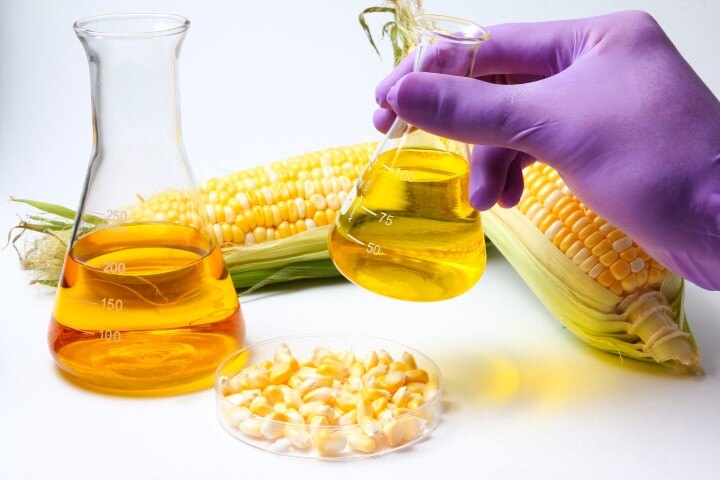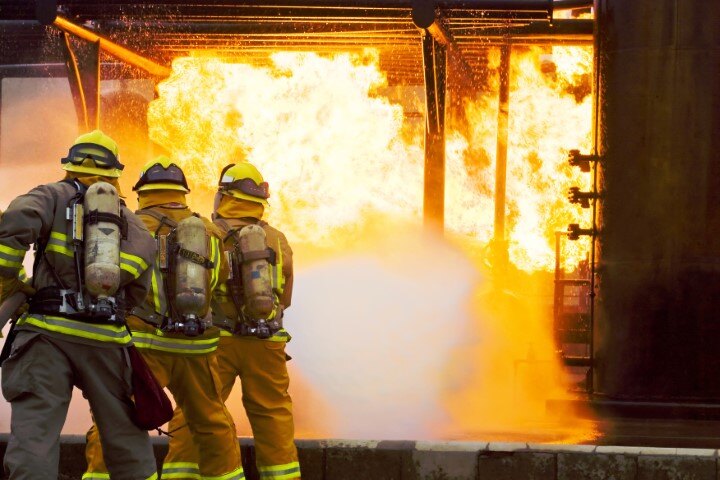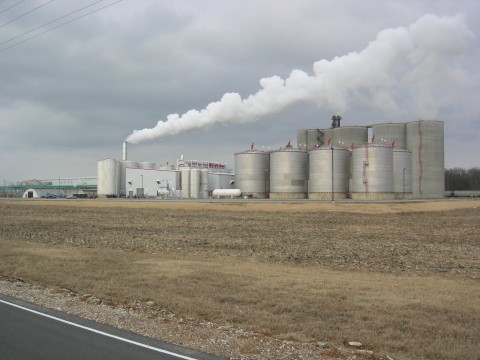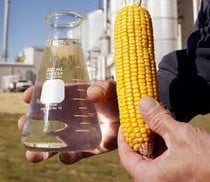Falling Gas Prices Impacting Ethanol For Consumers
As you drive by your nearest gas station, it probably brings a smile to your face to see gas prices dropping below $2.50 for the first time in five...
3 min read
Bell Performance : Aug 13 2012


Why are gas prices so high recently? We had a nice run through most of the summer where gas prices didn't jump as much as usual. We even wrote a blog earlier the year talking about the reasons why gas prices were going down instead of up across most of the country. That run of good fortune appears to be over now, temporarily one can hope.
According to AAA, the national average for a gallon of unleaded is now (as of August 13) $3.69. Looking at the price trends, gas prices bottomed were at their lowest in the first week of July, sitting at around $3.39 a gallon. Since the six weeks since that time, the price has risen steadily to where we are at now.
Whether that's higher than last year's price depends on what state you're in. New York City was around $3.90 last year and now sits at $3.99. In Miami, Florida, gas was about $3.60 last year and has risen to $3.66 today.The gas prices in Los Angeles follow the same general pattern as everywhere but with wider swings - if you graphed them in a line chart, the price lines would be a lot more "squigglier". Southern Californians were paying $3.80 in 2011, whereupon the gas prices rose and were up above $4.00 for much of the following year before finally dropping back to $3.80 immediately before the current price spike, which has parked the gas prices back up above $4.10 per gallon.
 Earlier this month, there was a fire at the Chevron refinery in Richmond, CA - the second largest in the state. This fire shut down the crude refining unit and has played a role in the most recent price spikes within the past couple of weeks. The Richmond refinery is a critical one in the overall refining picture, as it produces over 15% of all the gasoline for the West Coast, as well as being the largest producer of base lubricating oils on the West Coast. When something like this happens, it causes ripples all down the rest of the pond because the whole system is strained to capacity. You can't shut down a refinery of this size and not expect prices to be affected in the rest of the country. And the outlook isn't good for near-term recovery; analysts believe the refinery could stay shut down for the next four to six months.
Earlier this month, there was a fire at the Chevron refinery in Richmond, CA - the second largest in the state. This fire shut down the crude refining unit and has played a role in the most recent price spikes within the past couple of weeks. The Richmond refinery is a critical one in the overall refining picture, as it produces over 15% of all the gasoline for the West Coast, as well as being the largest producer of base lubricating oils on the West Coast. When something like this happens, it causes ripples all down the rest of the pond because the whole system is strained to capacity. You can't shut down a refinery of this size and not expect prices to be affected in the rest of the country. And the outlook isn't good for near-term recovery; analysts believe the refinery could stay shut down for the next four to six months.
The Midwest saw its own price spikes very recently because of pipeline ruptures and spills in the pipeline that serves Green Bay and Chicago. On top of that, there were unplanned refinery shutdowns in Indiana and Illinois. The resulting supply disruptions sent gas prices soaring by 25 cents in just one week at the beginning of August for the Midwest.
Gas prices are also closely linked to oil prices. That's why people pay attention to oil prices, knowing that when oil goes up, their price at the pump is going to follow before long. Industry experts like Tom Kloza of OPIS (the most prominent oil and chemicals pricing service) will tell you that oil prices are accounting for about one-third of the rise in gas prices right (with the refinery fire and supply distributions causing the other two-thirds). Graphs of oil prices show a mirrored rise over the last month that tracks pretty closely to the rise in gasoline prices all across the country.
Why have oil prices spiked just in the last month? Some of it is because the price variances influences by oil speculating traders who can't predict the future supply due to tensions in the Middle East with Syria and Iran and Israel.
But refineries on the east coast like to use oil from the North Sea near England, called Brent Crude. And barrel prices for Brent Crude have been going up and up simply on speculation that future production of Brent Crude from the North Sea is going to go down.
 The elephant in the room is that ethanol prices are going up on top of this. If you remember one of our previous blogs, we talked about the national drought and its anticipated effects on corn harvest, which in turn would probably affect ethanol production and pricing. Ethanol fuel production chews up 42% of the corn harvest. So corn prices per bushel have shot up, causing ethanol prices to go up as well. Industry analysts think that high ethanol prices have been responsible for about 6 cents per gallon of the raw increase in gas prices since June.
The elephant in the room is that ethanol prices are going up on top of this. If you remember one of our previous blogs, we talked about the national drought and its anticipated effects on corn harvest, which in turn would probably affect ethanol production and pricing. Ethanol fuel production chews up 42% of the corn harvest. So corn prices per bushel have shot up, causing ethanol prices to go up as well. Industry analysts think that high ethanol prices have been responsible for about 6 cents per gallon of the raw increase in gas prices since June.
The rise in ethanol prices can be seen in the price for "ethanol futures" - traders buying the rights of future batches of ethanol. Before June, you could buy an ethanol future contract for about $2.00 per gallon. Now they cost about $2.60. With such a large jump in a base component of ethanol gas, it's no wonder analysts recognize the price jump that they do.
Given what we know about supply and demand, we would expect gas prices to drop as the weather cools down. But analysts point out that demand has been unusually low this summer, so it's not going to have much effect on bringing gas prices down. And that means we could all be looking forward to seeing these high gas prices stick around for a while, at least until they get those refinery messes sorted out.
In meantime, what can you do? High gas prices aren't going to give your budget relief any time soon, so it's important now to take action for yourself. Drive more efficiently and treat your fuel with a good ethanol fuel treatment. The Bell web site and Blog have handy tips and resources that you might want to have a look at, as well.
As you drive by your nearest gas station, it probably brings a smile to your face to see gas prices dropping below $2.50 for the first time in five...

If you aren’t yet sick of hearing how bad ethanol is for your car or boat or lawnmower, have you ever stopped to consider the secondary effects that...

The continued in-fighting between Republican and Democrat members of Congress has troubling implications for the renewable fuels industry - the...